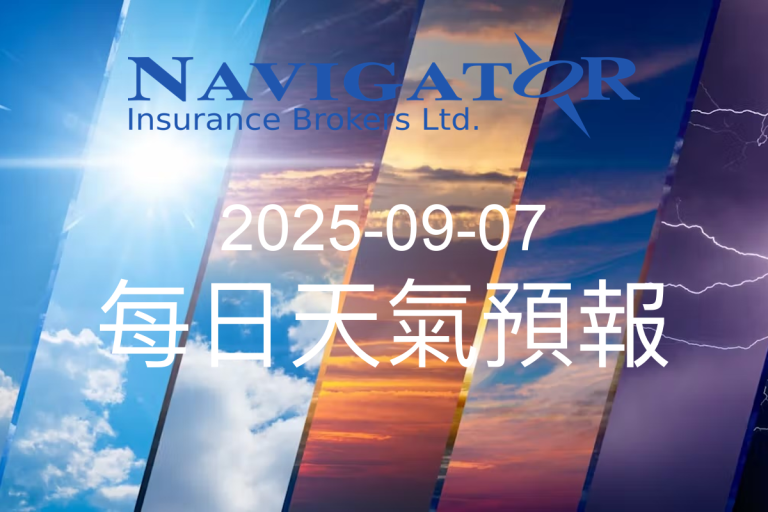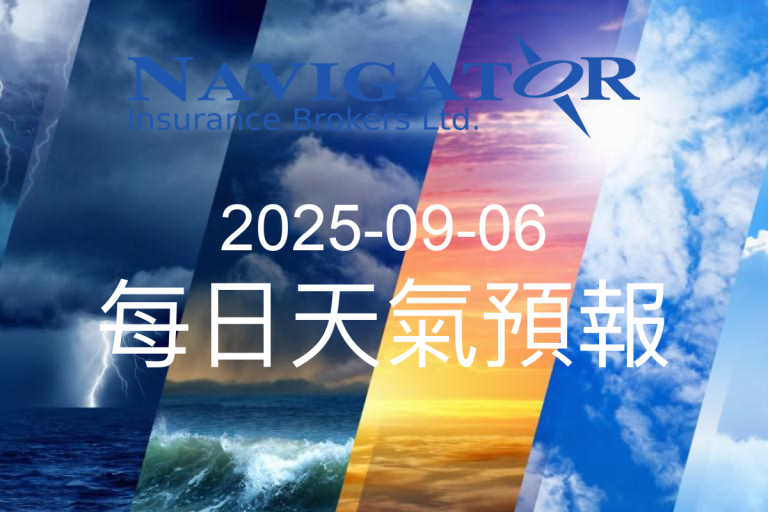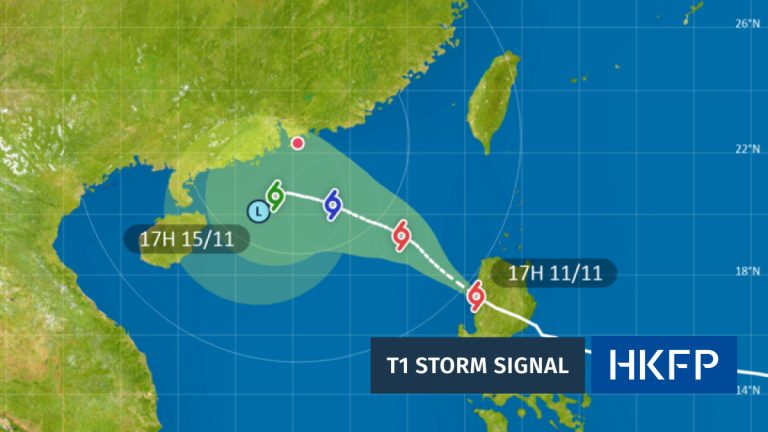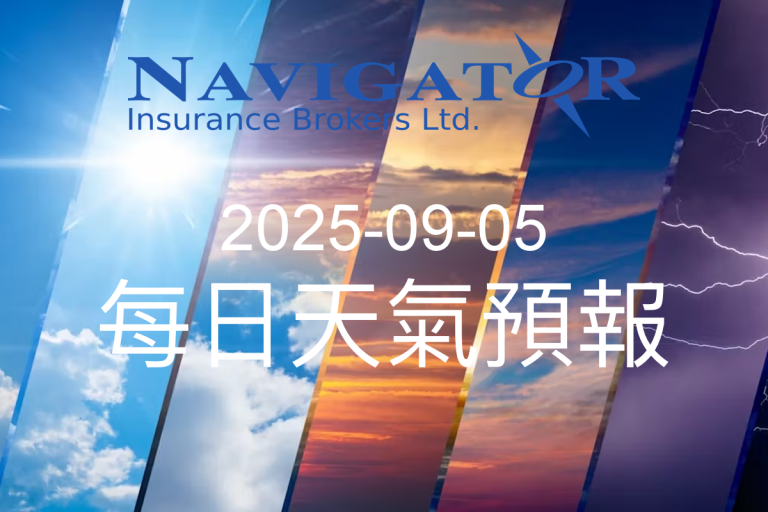Hong Kong is taking a bold step into the future of transportation with its latest approval of autonomous vehicle (AV) trials, signaling a potential transformation in how we think about mobility and insurance. On August 14, 2025, the Transport Department issued a groundbreaking pilot license that will allow self-driving cars to navigate the Southern District’s Cyberport campus, marking a significant milestone in autonomous vehicle technology.
The initial trial will involve 10 private autonomous vehicles carefully tested on specific routes, including Information Crescent and Cyberport Road. This controlled environment isn’t just about testing vehicle performance—it represents a critical opportunity to understand how self-driving technology can integrate safely into urban landscapes.

What makes this trial particularly interesting is the applicant’s prior experience with autonomous vehicle testing in other Hong Kong locations like North Lantau and Airport Island. Previous tests were more limited, focusing on basic functionality without passenger involvement. Now, the scope has dramatically expanded to include more complex traffic scenarios, demonstrating a progressive approach to technological innovation.

The Transport Department has implemented strict oversight to ensure public safety. All vehicles participating in the trials must display an official AV label, allowing other road users and authorities to easily identify these cutting-edge vehicles. This transparency underscores the careful, methodical approach Hong Kong is taking toward autonomous transportation.

While the immediate focus is on technological development, these trials have profound implications for the insurance industry. As autonomous vehicles become more sophisticated, traditional auto insurance models will likely undergo significant transformation. Instead of primarily assessing individual driver risk, insurers may need to shift toward evaluating manufacturer liability, cybersecurity risks, and technology-specific vulnerabilities.

Future insurance products for autonomous vehicles could look dramatically different from current offerings. Imagine policies that adjust premiums based on real-time performance data, or comprehensive coverage that protects against both physical damage and potential digital breaches. Insurers might even develop specialized partnerships with AV manufacturers to create tailored solutions that address the unique needs of this emerging technology.

The data collected during these trials will be invaluable. By understanding how autonomous vehicles perform in diverse traffic conditions, insurers can develop more accurate actuarial models. This means better risk assessment, more precise pricing, and ultimately, more effective insurance products that can support the safe integration of autonomous technology.
Encouragingly, the Transport Department is inviting more organizations to apply for pilot licenses, suggesting a collaborative and open approach to innovation. This ecosystem development indicates that autonomous vehicles are not just a distant dream but an increasingly tangible reality.
For now, the trials remain carefully controlled, with vehicles operating during specific times and on predetermined routes. However, each successful test brings us closer to a future where autonomous vehicles could become a common sight on our streets.
As these trials progress, everyone from technology enthusiasts to insurance professionals will be watching closely. The journey toward autonomous transportation is complex, requiring careful navigation of technological, regulatory, and risk management challenges. Hong Kong’s methodical approach offers a promising glimpse into how cities might successfully integrate this transformative technology.
Stay tuned—the autonomous vehicle revolution is just beginning, and its impact will extend far beyond the roads, reshaping industries, insurance models, and our very conception of transportation.












